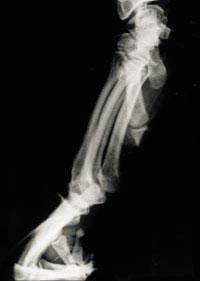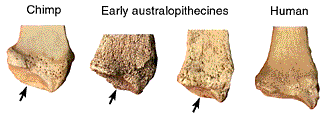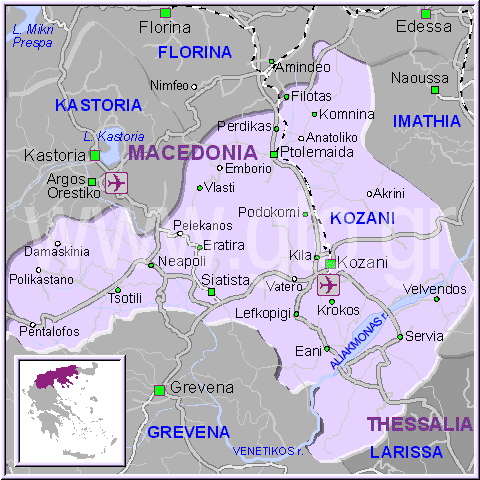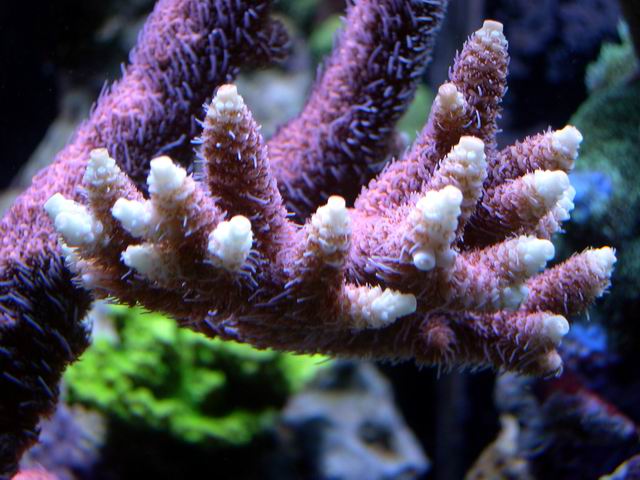I have been discussing Casey Luskin's article "Human Origins and Intelligent Design" in a series of posts. My last one covered Luskin's views on Eocene primates. I'm going to skip his, brief, discussion of the Miocene and jump strait to the hominins. The first thing that stands out is his total misunderstanding of the role of Ramapithecus in current paleoanthropological thinking. Luskin's article was written in 2004, yet we still find him talking about Ramapithecus as a human ancestor. Once upon a time, Ramapithecus used to be considered a human ancestor (for example, by Richard Leakey in his book "People of the Lake: Mankind and it's Beginings"), however, by the 1980's molecular evidence and cladistic analysis indicated this was incorrect. As a matter of fact Ramapithecus, as a taxon, was sunk into Sivapithecus (a species related to the Orangutan).
It gets better. By 2004 the following species of early hominin were known:
Ardipithecus ramidus ramidus
Ardipthecus ramidus kadabba
Australopithecus anamensis
A. afarensis
A. garhi
A. barelgazeli
A. aethiopicus
A. robustus
A. africanus
A. boisei
Additionally,
Kenyanthropus platyops
Orrorin tugenensis
Yet all we here about from Luskin is A. afarensis, A. africanus, A. robustus and A. boisei (he does mention Ardipithecus ramidus). In reading the article, one gets the distinct impression that Luskin really doesn't understand the material he is discussing (more on this in a bit). After giving the creationist arguement about Oxnard an australopith locomotion. After which he starts in on "Lucy" :
Other recent studies have found that the handbones of Lucy are similar to those of a knucklewalking ape. (pg. 7)
At which point he cites two articles, one a 2000 paper by Collard and Aiello and the other a 1971 paper by Richard Leakey - the citing of which is an example of really poor scholarship. However, let's address the question head on. Assume that A. afarensis was a knucklewalker, does this rule out a possible ancestor-descendent relationship with Homo? This is a good example of where Luskin really doesn't understand the material he is discussing. Among primates three species knucklewalk. Chimps, gorillas and orangs (more or less). In chimps and gorillas, when knucklewalking, the weight is born on the middle phlanges

primarily of the second and third digits. Below is a picture of knucklewalking.

Technically, orangutans, when on the ground, fist-walk. Their hand is curled into a fist and the weight is primarily born on the proximal phlanges. Because of this chimps, gorillas and orangs have certain modifications to their hand and wrists to allow for stability and weightbearing. In chimps and gorillas the radius is concave and the distal edge projects downwards to form an edge which abuts a ridge on the scaphoid (in humans this is not the case - see the picture above). Below is a picture comparing the radius of a chimp, early australopiths and humans.

Additionally, the metacarpals have transverse ridges that abut the proximal phlanges and more or less lock them in place. Orangutans hands and wrists are more adapted to suspensory activity. One side note, pygmy chimps have hand and wrist morphology intermediate between Chimps and gorillas ont the one hand and orangs on the other. A. afarensis lacks these features (except perhaps the concave radius with a distal projecting edge). Molecular and anatomical evidence indicates humans are closely related to the african apes. In particular, humans are more closely related to chimps than to gorillas and are more closely related to african apes than to the orang. The larger question, then, is one of trait polarity and it's implications for human evolution. If the common ancestor of orangs, gorillas and chimps was a knucklewalker then the condition is a shared primitive trait in the apes and humans have a derived condition. It gets trickier. For example, if the common ancestor of chimps and humans was a knucklewalker and the common ancestor of gorillas and chimps was not what does that say? Well, this would imply that knucklewalking evolved independently in chimps and gorillas but was lost in humans. Either way, it has no impact on the question of whether A. afarensis and humans are evolutionarily related.
He then mentions semicircular canals, which I have discussed
here.
Luskin then jumps to Homo habilis and again displays poor scholarships and a total lack of understanding of the material he is discussing. Consider the following:
H. habilis remains were first discovered in 1960, and were named in 1964 by famous paleoanthropologist Richard Leakey and his team. (pg. 9)
Hello, excuse me? Let's explore.
A new Species of Genus Homo from Olduvai Gorge, Leakey, L. S. B., Tobias, P. V. and Napier, J. R. He actually cies two papers for the claim. One being Stern and Susman's paper on The Locomotor Anatomy of Australopithecus afarensis published in vol 60 of the AJPA (he gets the page numbers wrong in his citation by the way). I have a copy of the Stern and Susman article and nowhere in it do they say that Richard Leakey discovered Homo habilis since, of course, they both know Louis Leakey discoverd H. habilis.
Even worse is his mangling of Wood and Collard's paper "The Human Genus". At this point I had encountered so many errors and spent so much time tracking down sources that I just gave it up as being a bad job. I have heard people say debunking this kind of writing takes a lot more time and energy than it took to write it, but I didn't believe it until now. One thing more, though, Luskin makes much of the sudden emergence and rapid development of various groups of primates, hominins etc, and given Dembskii's recent preoccupation with Stephen Gould one wonders if the next incarnation of creationism/ID might not be some sort cheap imitation of punctuated equilibria. Might explain ID advocates recent attempt to say Gould didn't believe in natural selection.
If you wish to torture yourself with bad scholarship and worse paleoanthropology (most first year anthro students have a better understanding of the material) you can find Luskins article
here.



























 “The size of these specimens – the crown of the molar, for instance, measures about an inch across – helped us understand the extraordinary size of the primate" so this tooth is about twice the actual size!
“The size of these specimens – the crown of the molar, for instance, measures about an inch across – helped us understand the extraordinary size of the primate" so this tooth is about twice the actual size!















